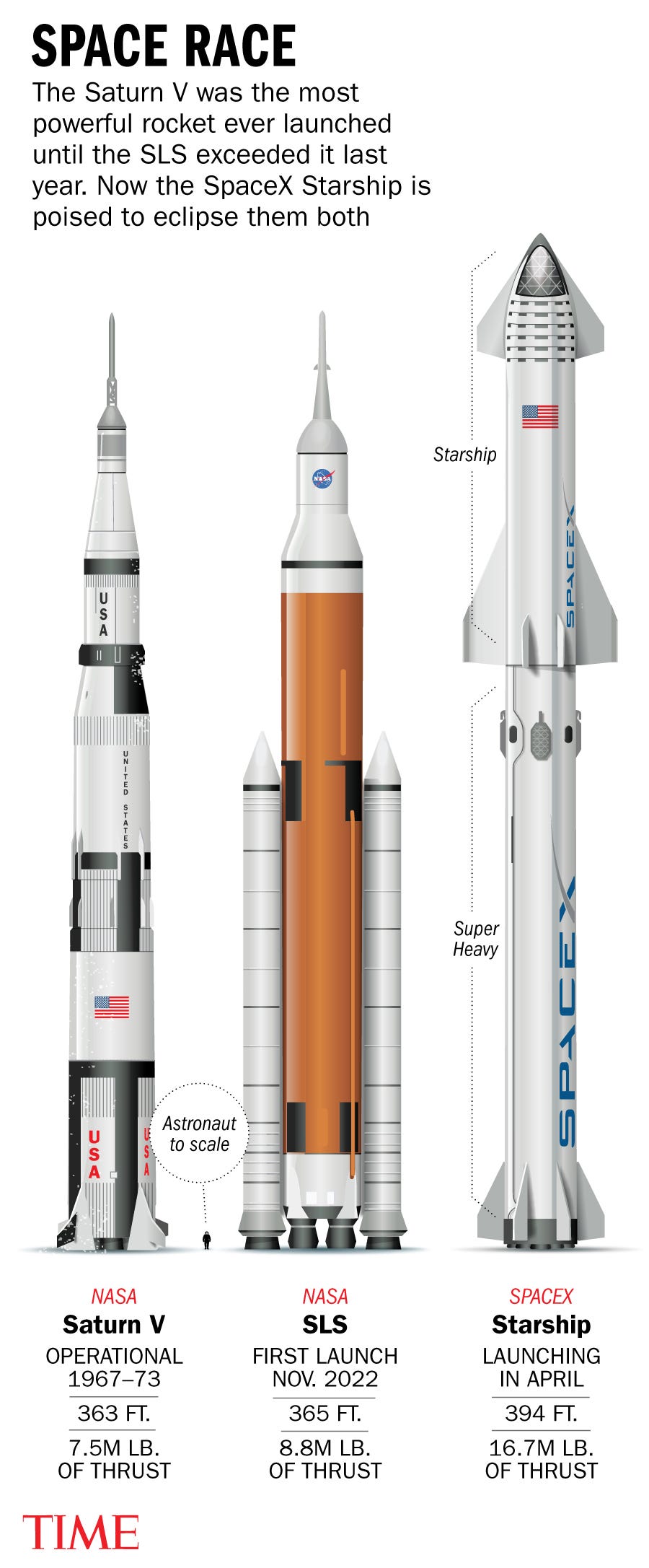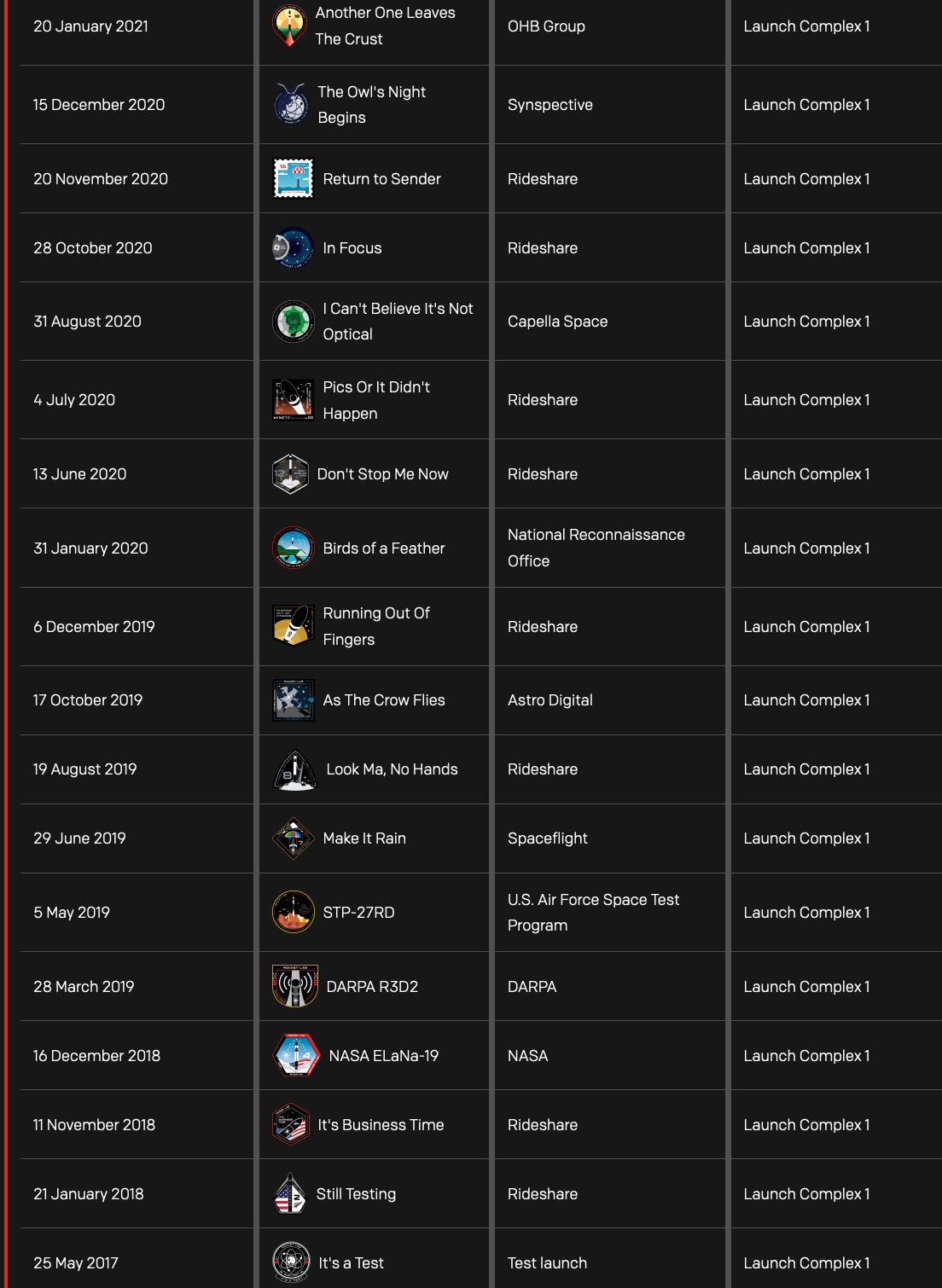SpaceX Starship
The first Starship orbital flight attempt happened on 4/20/2023. Unfortunately the rocket experienced a rapid unscheduled disassembly due to a failure of stage separation. However, this was a monumental event and it accomplished the mission goal of getting off the launchpad.
https://www.youtube.com/live/-1wcilQ58hI?feature=share&t=2700
Video starts 45:00 - footage of launch
This YouTuber covers weekly rocket news and Starship in more depth if you are interested.
I am confident that SpaceX will continue to rapidly improve the Starship and bring costs down for space travel just as they did with Falcon 9 and Falcon Heavy. SpaceX’s track record is simply mind-blowing. They have landed more than 60 Falcon 9 boosters consecutively, which beats the next closest record for the Soyuz-U at 45 successful launches (no landings).
The Launchpad
The amount of force blasting out of the Super Heavy booster is significant. In fact, it is the most powerful rocket ever built. This was the state of the launch pad after the test flight.
SpaceX is currently upgrading their launch pad to spray water from perforated steel plates during ignition. This is a common method called a water deluge system which shields against the immense propulsive forces.
Raptor V3 Engine
This is an even more powerful version of the previous engine for the Starship and Super Heavy booster. There are plans to extend the Starship another 10m taller so this would easily compensate for that.
The really useful thing about these Raptor engines is that it uses methane as a fuel. Methane can be easily made using the Sabatier reaction.
CO2 and H2 are incredibly abundant resources so fuel could be made off planet. The water by product would also be incredibly useful for life support systems.
Starlink V2
SpaceX has decided to create smaller versions of their Starlink V2 satellites to launch aboard Falcon 9 flights.
Already we are seeing mass adoption for Starlink. A large number of cruise ships have signed up for internet access and there are plans to open up service for airliners this summer. I can see the use cases rapidly expanding and satellite internet may become a new standard.
Variety of Telecommunications, Governmental & Other Services
Satellite Communications & GPS
Nowadays, we are seeing many companies start satellite internet services as launch costs decline.
This company is an example of geostationary satellite internet. In this type of orbit the satellite is much further out and stays static in relation to the Earth.
Returning to the Moon
Quite a few companies are involved in NASA’s return to the moon. Blue Origin has managed to secure a contract despite SpaceX Starship winning the initial moon lander contract. Personally I would say the Starship design is far beyond any other candidate due to reusability, power, and convenience.
Smaller companies like Rocket Lab play other crucial roles in the Artemis missions. In 2022, a CubeSat was launched around the moon to gather data for the upcoming program.
Private Aerospace Innovations
Rocket Lab
Virgin Orbit recently declared bankruptcy and began selling their assets. Rocket Lab announced they are acquiring some of these assets including a large factory for US$16 million.
Rocket Lab is continuing to show success and a clear competence over rivals.
What NASA TROPICS satellites enable:
They now have a long list of accomplishments and it seems they will continue to carve their own niche alongside SpaceX.
Stoke Space
The first reusable second stage. This would be the orbital, or top, part of the rocket.
Private Space Stations
Private companies are now announcing their plans for space stations. Long term concepts even include rotating portions of the space stations which will simulate gravity for passengers onboard. I think that this is great given that ISS (International Space Station) is retiring January 2031. Hopefully we will see a plethora of commercial spaceports accelerating us into a new space age! Once Starship becomes commercially viable the transportation costs to orbit will become more affordable and continue to decline: likely under US$100,000 a person.
VAST Space












